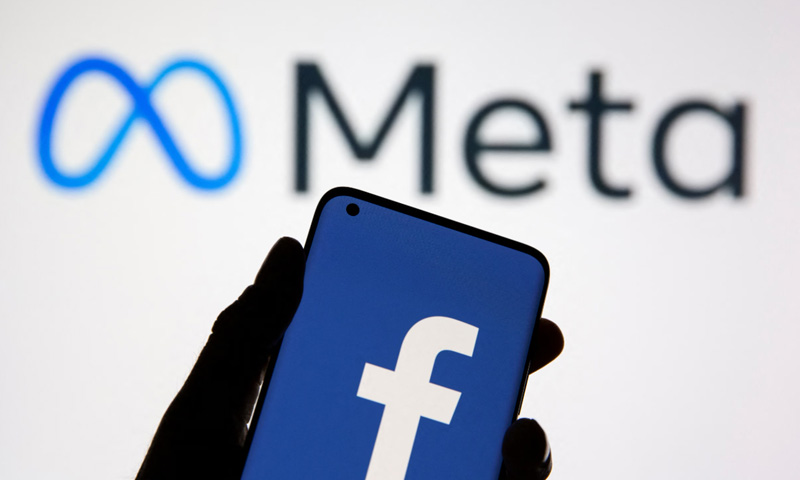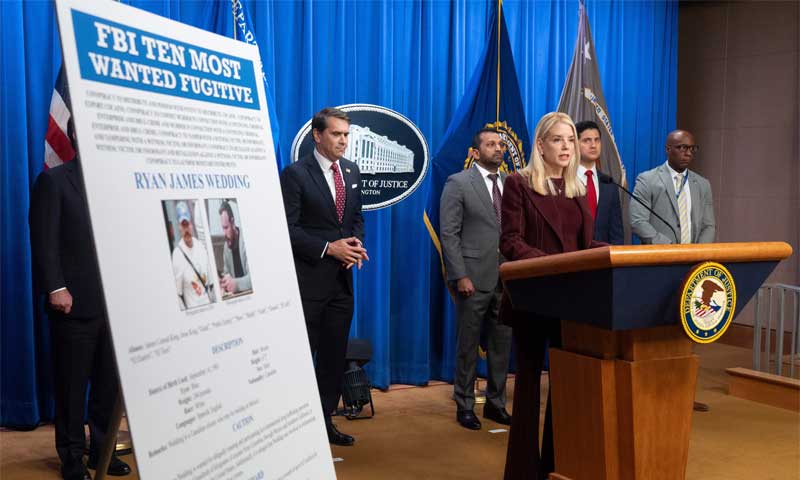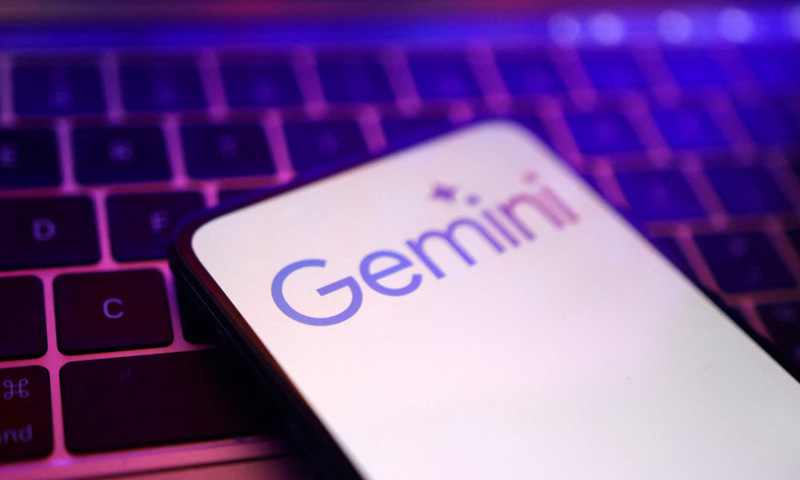- Web Desk
- Now
Meta begins removing under-16 users in Australia ahead of strict new law
-
- Web Desk
- 1 Hour ago

Australia is preparing to roll out one of the world’s toughest crackdowns on children’s access to social media, prompting Meta to start shutting out users younger than 16 from Facebook, Instagram and Threads.
The company confirmed on Thursday that it has already begun notifying thousands of Australian teens that their profiles will soon go dark. The full removal is scheduled to begin on December 4, with all under-16 accounts expected to be blocked by December 10. TikTok and other platforms will face the same rules once the government’s new restrictions take effect.
Weeks of warnings for young users
Government estimates suggest there are roughly 350,000 Instagram users and 150,000 Facebook users aged 13 to 15 in Australia. Many of them have started receiving on-screen alerts telling them they will soon be locked out. Meta has told affected teens they can return when they turn 16 and will find their accounts just as they left them.
Those mistakenly flagged can appeal by submitting proof of age, either through a short video selfie or official identification.
Tech pushback and global ripple effect
Social media companies have argued for months that Australia’s plan is unclear, rushed and difficult to enforce. Meta repeated its concerns, saying that isolating young people from online communities could have unintended consequences. The government, however, insists the move is needed to protect children from harmful content and unsafe interactions.
The debate is being closely watched overseas. New Zealand plans to bring a similar bill to parliament, while the Dutch government has urged parents to restrict social media use for children under 15.
Platforms that fail to comply in Australia could face penalties of up to A$49.5 million.
Some experts warn the ban may end up being more symbolic than practical because online age checks remain easy to bypass. Even so, the coming weeks will act as a major test of whether large-scale age verification can work in real time.





